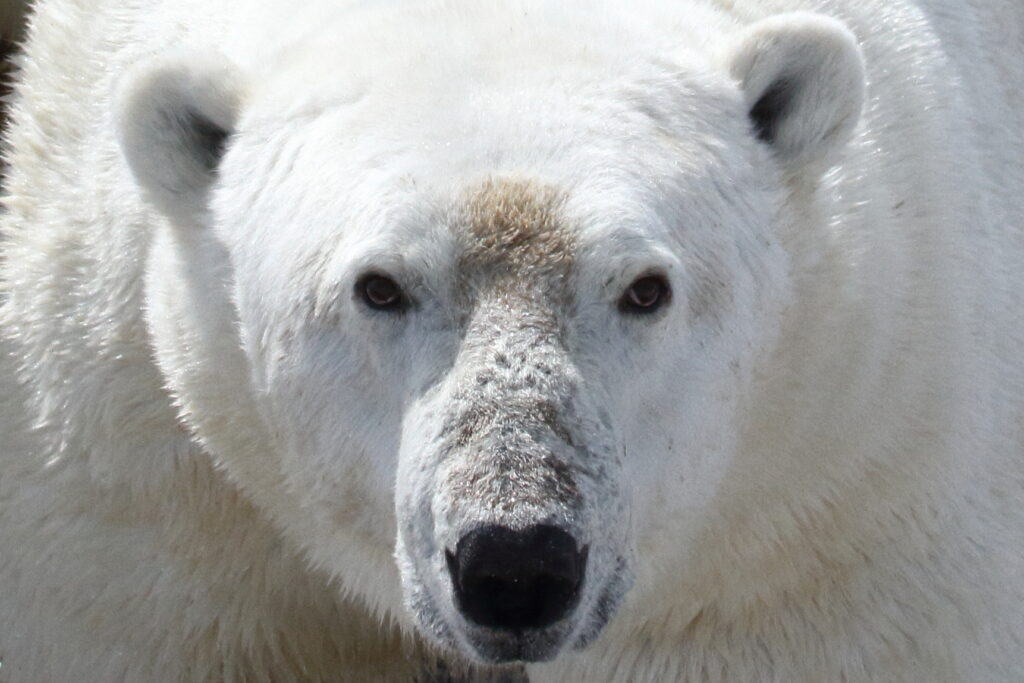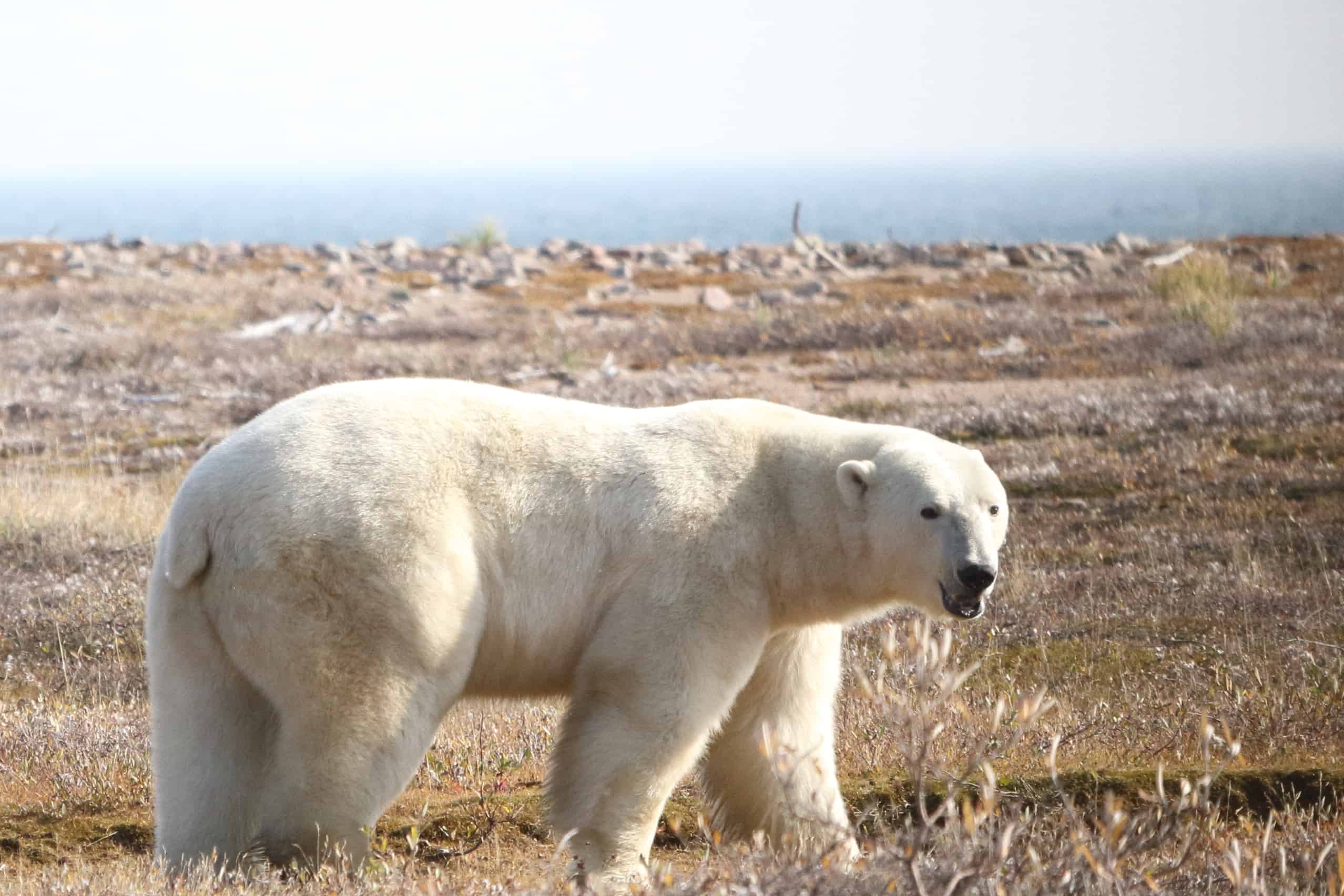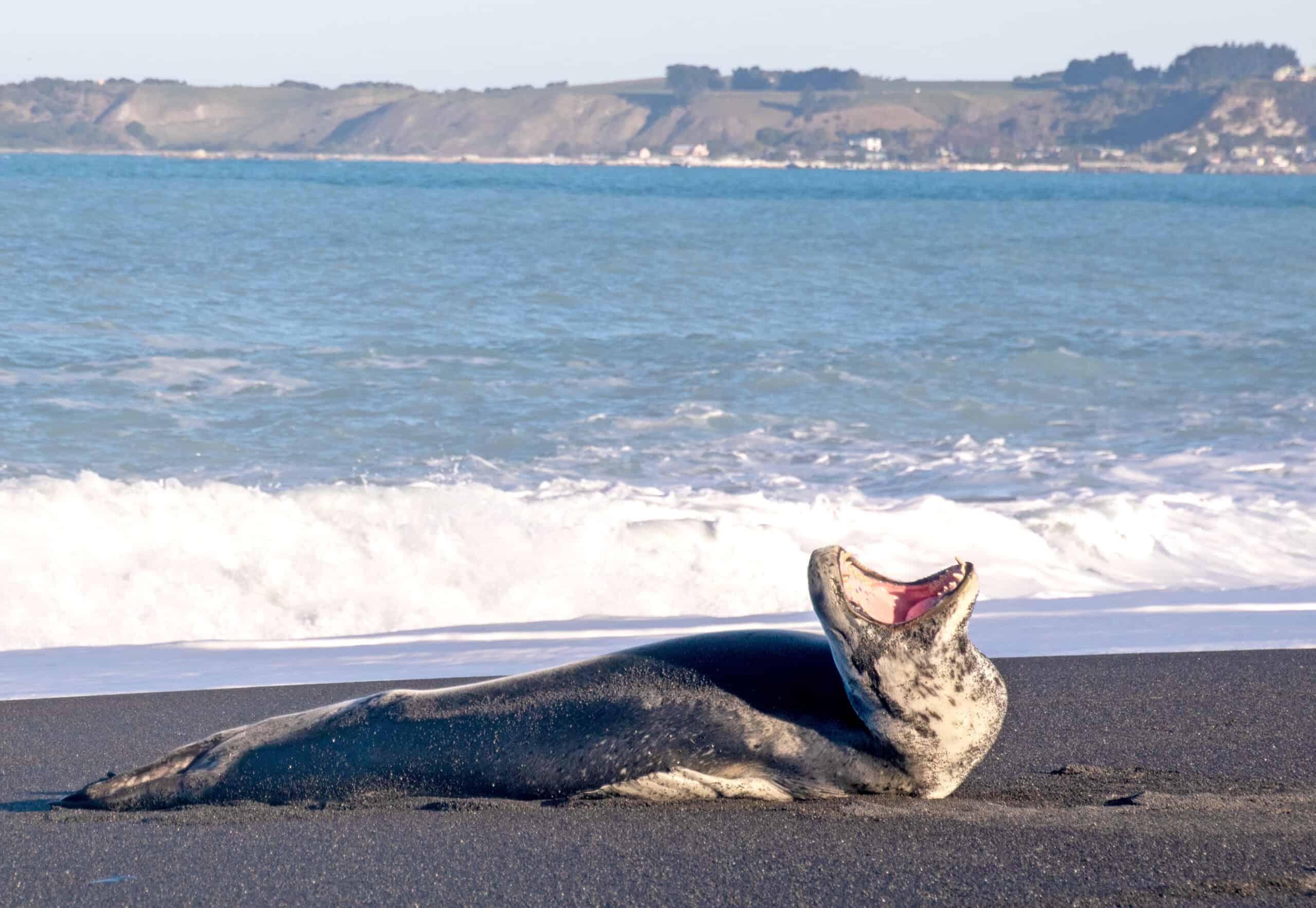Share this article
Wildlife Featured in this article
- Polar bear
As Arctic summers lengthen, some polar bears are at increased risk of starvation
The bears are losing body mass as they spend more time on land
As climate change increases, the time polar bears spend off the ice and on land in many parts of their range has increased. Polar bears (Ursus maritimus) rely on sea ice to reach their primary prey—seals. With longer summers, the bears are enduing more time on land, where food has lower energy content.
“We know that polar bears are increasingly relying on summer land use across many parts of their range due to climate warming,” said Anthony Pagano, a research wildlife biologist with the U.S. Geological Survey. “The modeling work that’s been done indicates that there’s going to be even more bears relying on summer land use in the future with forecasted climate warming and declines in Arctic sea ice.
Those models indicate that bears’ periods on land near Hudson Bay, Canada, are likely to increase by about five to 10 days per decade with future warming.
But scientists weren’t sure what polar bears (Ursus maritimus) were actually doing with their time on land. Some suspected polar bears were probably resting to conserve their energy while waiting for the sea ice to return. Other observations showed the bears were feeding on a range of prey, from duck eggs to caribou (Rangifer tarandus), to survive. Some bears are also known to feed on vegetation like berries, seaweed and grasses.

Along the Hudson Bay in Manitoba, Canada, polar bears are spending about 130 days on land—some three weeks longer than they spent in the 1980s. Using GPS-enabled video collars and accelerometers on 20 polar bears during a three-week period, Pagano led a study in Nature Communications to determine what they did to survive the summer. He and his colleagues also looked at carbon dioxide production to determine how much energy the bears were expending.
In particular, they wanted to know if the land offered enough food to hold them over until the sea ice returned and they could access seals again.
The collars showed the researchers whether the bears were active or inactive, what they were eating and how much they were consuming. When it was dark and the bears didn’t show up on video, the accelerometers helped the researchers know what the bears were doing. The team also measured the bears’ energy expenditure and changes in their body mass.
“We found that the bears are using a variety of behavioral strategies when they’re on land,” Pagano said. Some bears were sedentary, resting up to 90% of the time and mostly fasting. They had low energy expenditure, similar to bears that are hibernating.
But most of the bears—about 70%—were active, feeding on birds and caribou carcasses. Most adult females were primarily feeding on berries. Some bears chewed on caribou antlers and bones, grasses, seaweed and other vegetation. “They’re really eating almost anything that they came across that was edible,” he said.
Whether they were resting or finding food, however, they were all losing body mass at similar rates—about 1 kilogram a day.
Three bears made long swims in search for food. Two of them found marine mammal carcasses, but they couldn’t carry them back to shore or eat them while swimming. One was lucky. It found a carcass—either a seal or beluga whale (Delphinapterus leucas)—and bulked up 30 kilograms. But that was a rare find, Pagano said.
The changing conditions are already taking their toll. The population has faced a 30% decrease—from about 1,200 bears in the late 1980s to about 800 bears around 2010. Fewer young appear to be reaching adulthood, and the outlook for them is growing worse.
“Those bears aren’t going to be able to accumulate as much body fat in preparation for coming on land,” Pagano said. “If they’re trying to survive these increasing periods on land, it’s going to be particularly challenging for them.”
Header Image: A polar bear stands on land in the western Hudson Bay region. Polar bears are spending longer summers off the ice. Credit: David McGeachy








